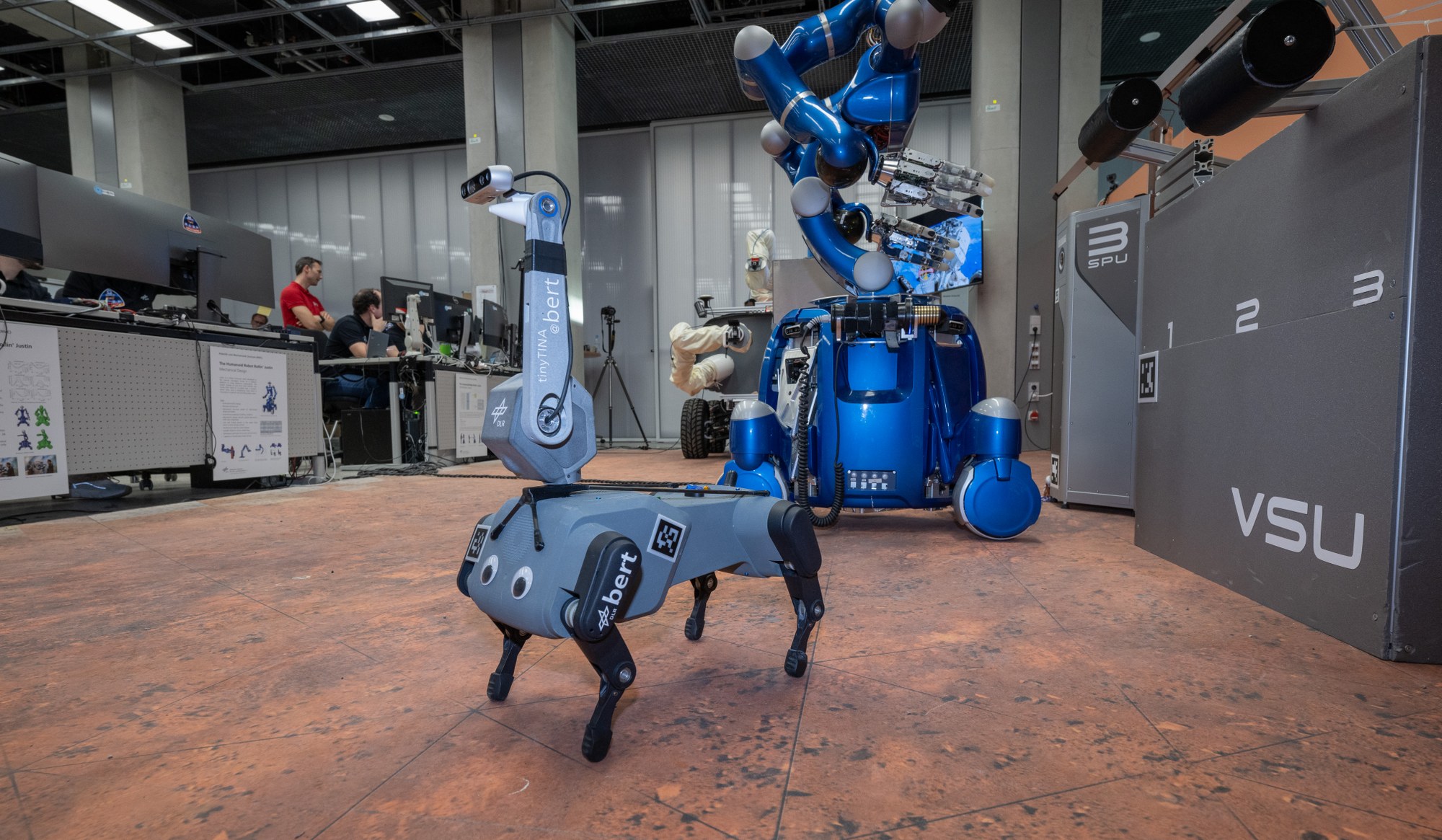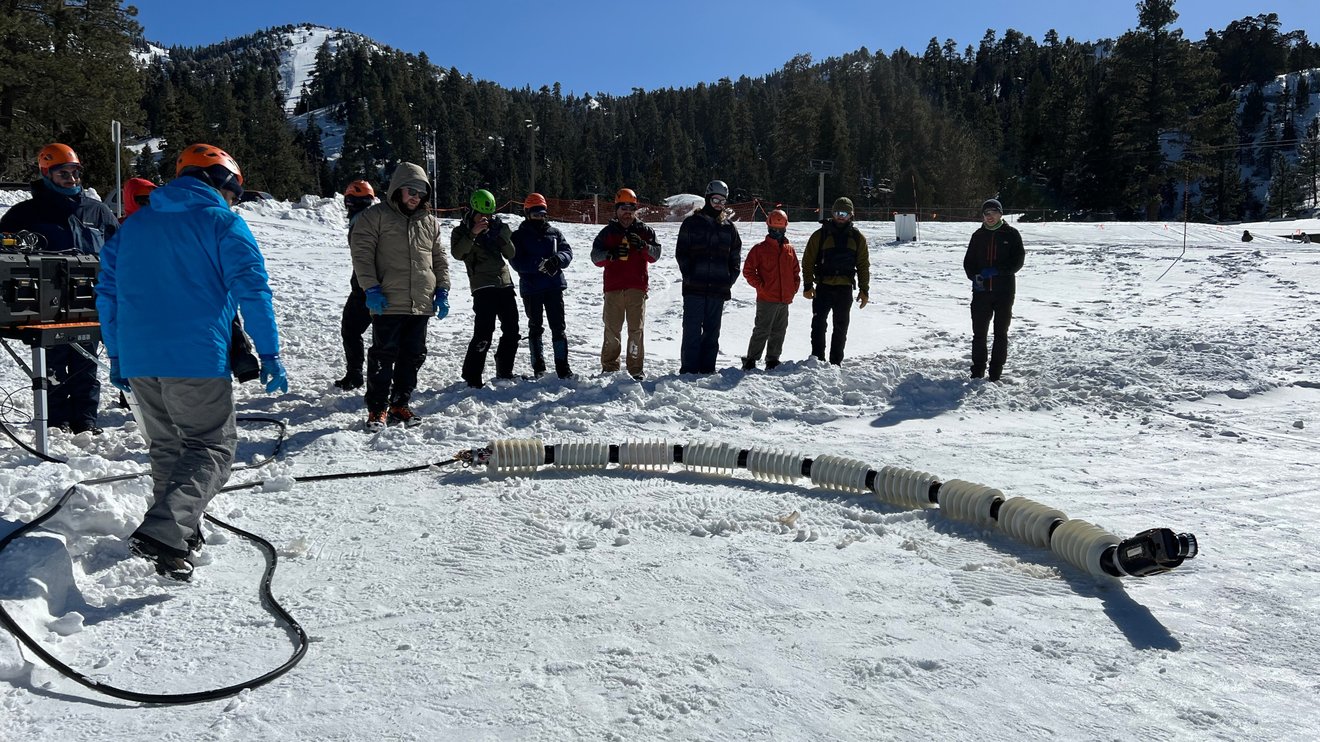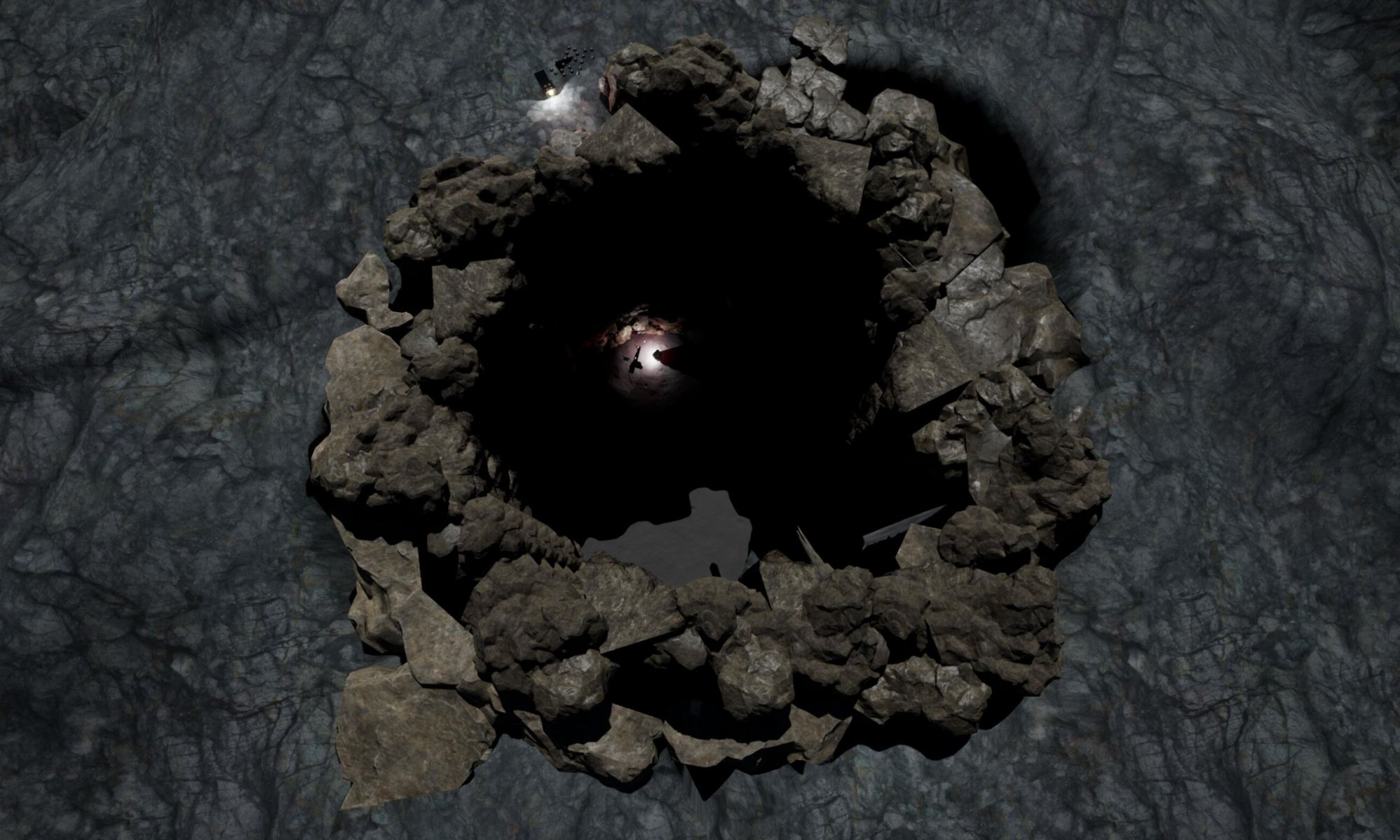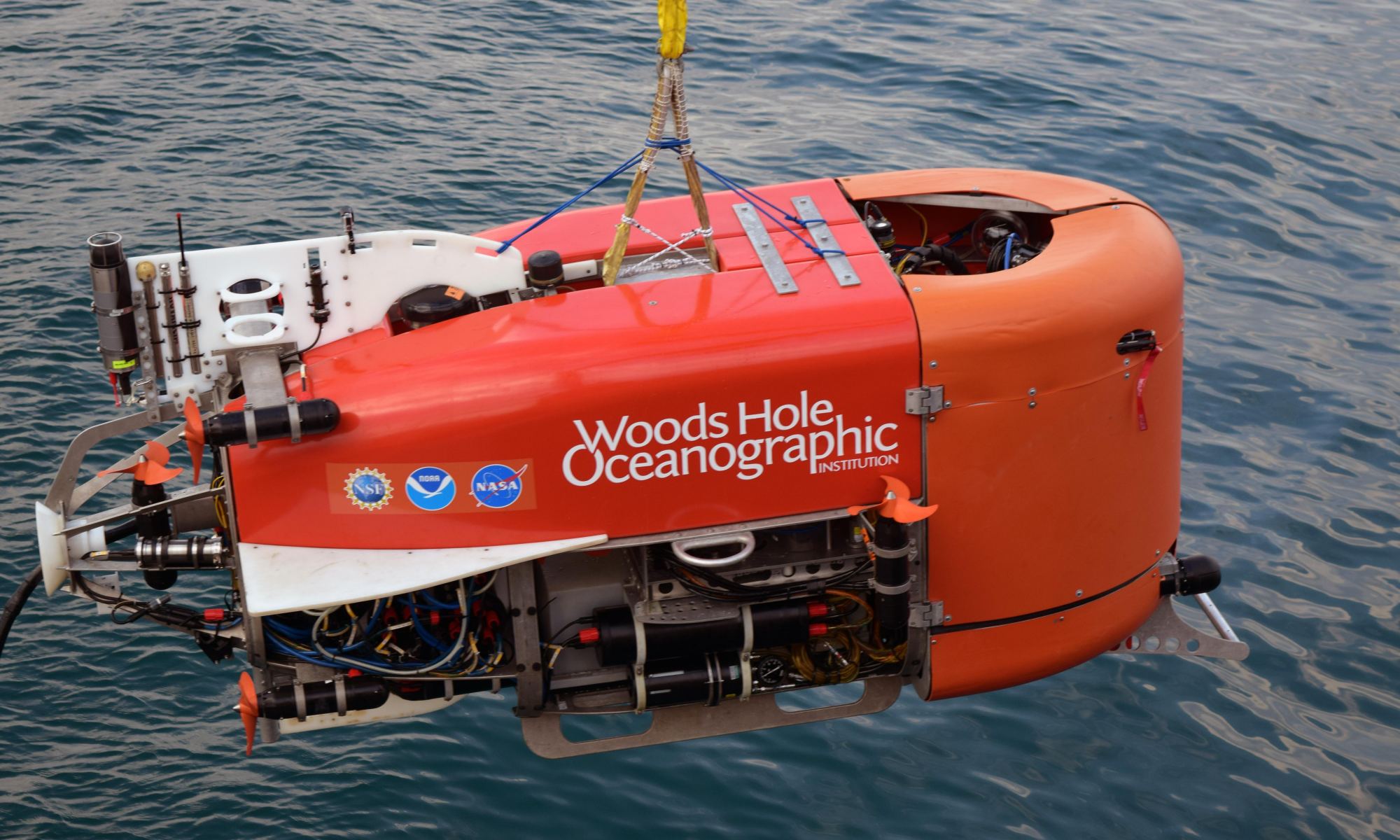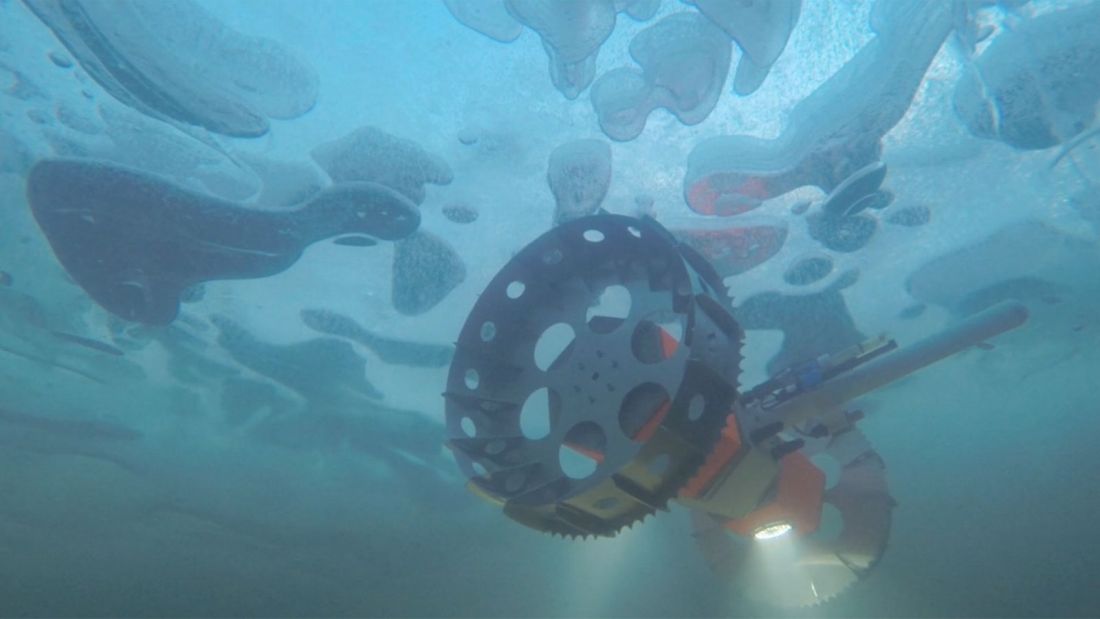Researchers have developed a set of hexagon-shaped robotic components that can be snapped together into larger and larger structures. Each one of the component hexagons is made of rigid plates that serve as its exoskeleton. Driven by electricity, the plates can change their shape, shifting from long and narrow to wide and flat at high speed. The combined structures are capable of jumping four times their own body height, then can shape-shift to roll extremely fast, or use multimodal actuation to crawl through confined spaces.
Continue reading “Shape-Shifting Robots Mimic Muscle Movements”Shape-Shifting Robots Mimic Muscle Movements



